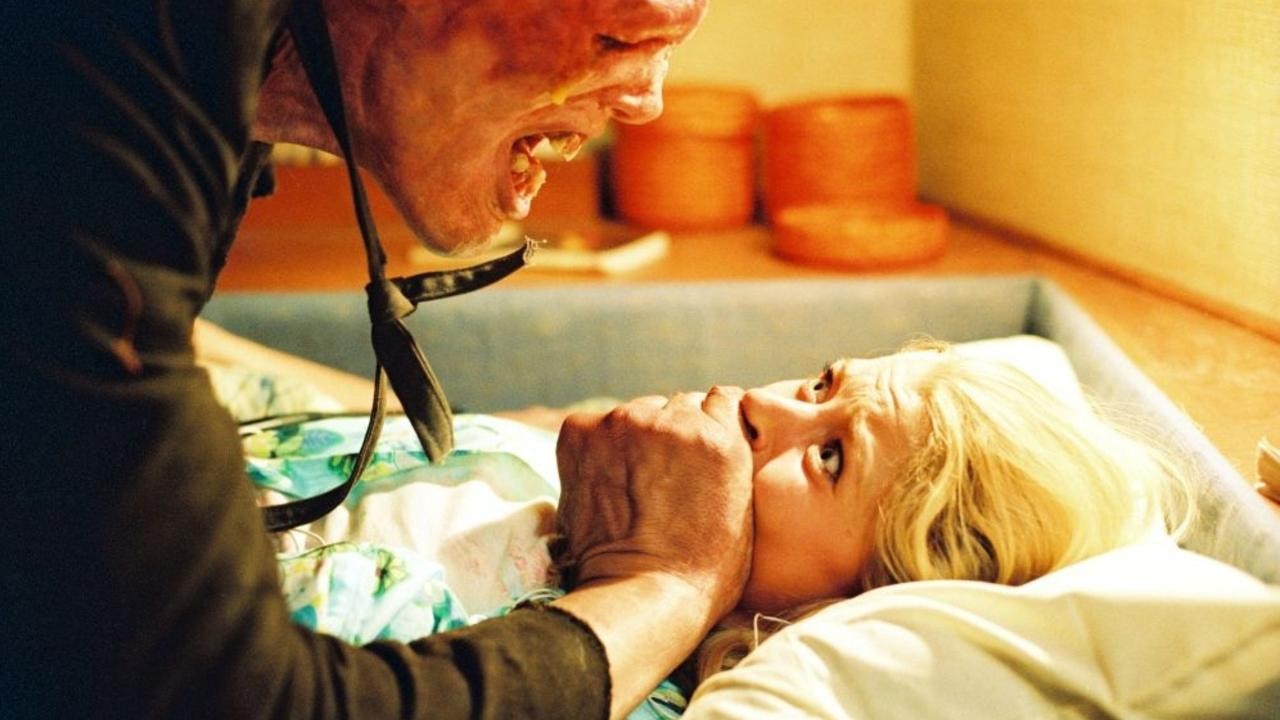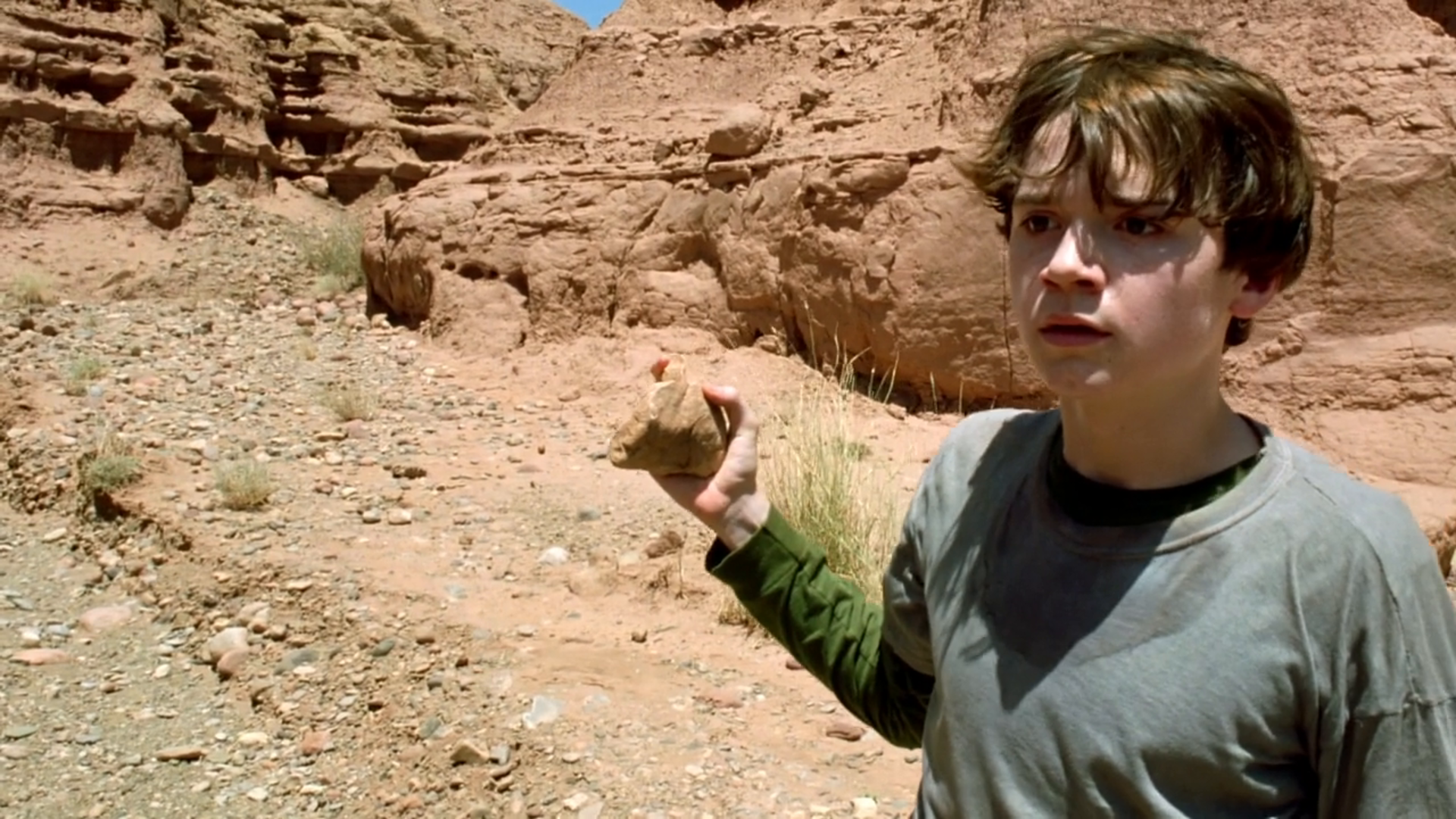“In the land of fallout, the strongest instinct is rage.”
A remake of Wes Craven’s 1977 cult classic, The Hills Have Eyes (2006) reimagines the horror of isolation and mutation for a new generation. Directed by Alexandre Aja, this version amplifies the violence, psychological tension, and brutal survival instincts required when civilization breaks down — and monsters aren’t just myths, but people warped by mankind’s own sins.
The film follows a family on a cross-country road trip who take a wrong turn through a remote New Mexico desert — unknowingly entering a former nuclear testing site. Their RV breaks down, and before long, they realize they are being hunted by deformed, cannibalistic mutants — victims of atomic fallout left behind by the government.

What begins as a standard survival horror quickly morphs into something more disturbing. The film strips away the illusion of safety, and exposes the raw animal instinct hiding in both predator and prey. As the family is picked off one by one, the remaining survivors are forced to fight back in ways they never imagined — turning from victims into avengers.
What makes The Hills Have Eyes effective is not just its gore, but its moral inversion. Who are the true monsters — the mutants born from radiation, or the humans who created the conditions for their existence? The movie doesn’t offer easy answers. Instead, it forces the viewer to confront the horror of human experimentation, environmental destruction, and the thin line between civilization and savagery.

Brutal, unrelenting, and darkly political, The Hills Have Eyes is not for the faint of heart. It’s a savage reminder that horror doesn’t always wear a mask — sometimes, it’s born in a lab, abandoned in the desert, and left to evolve into something unrecognizable.
-1755053945-q80.webp)


-1752571243-q80.webp)